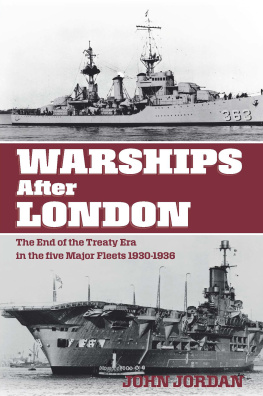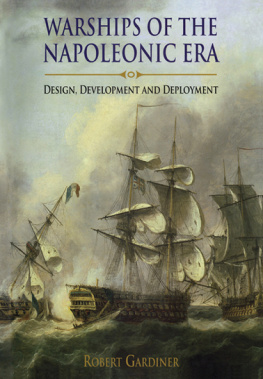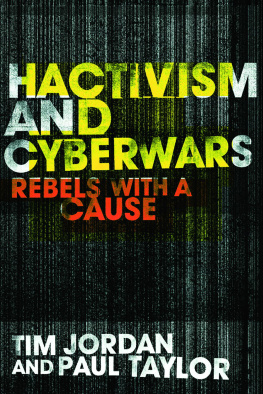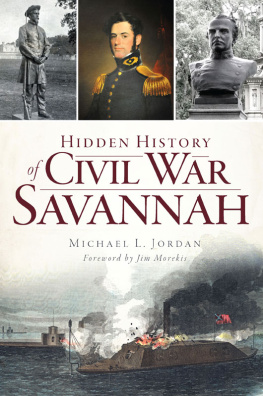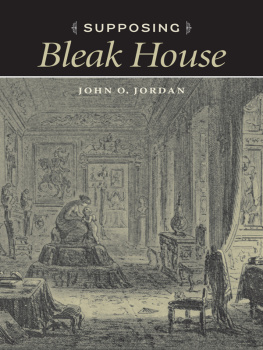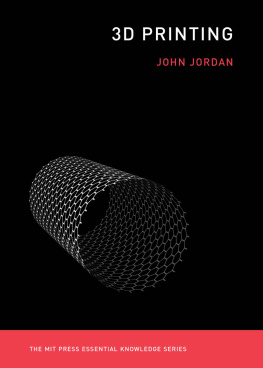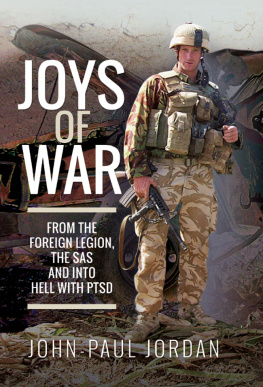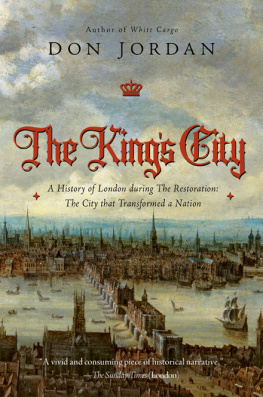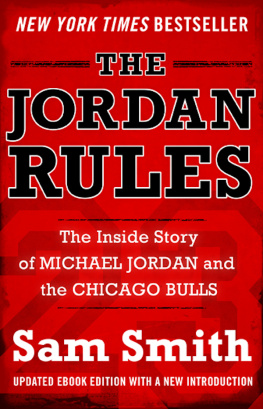John Jordan - Warships After London
Here you can read online John Jordan - Warships After London full text of the book (entire story) in english for free. Download pdf and epub, get meaning, cover and reviews about this ebook. year: 2020, publisher: Seaforth Publishing, genre: Science fiction. Description of the work, (preface) as well as reviews are available. Best literature library LitArk.com created for fans of good reading and offers a wide selection of genres:
Romance novel
Science fiction
Adventure
Detective
Science
History
Home and family
Prose
Art
Politics
Computer
Non-fiction
Religion
Business
Children
Humor
Choose a favorite category and find really read worthwhile books. Enjoy immersion in the world of imagination, feel the emotions of the characters or learn something new for yourself, make an fascinating discovery.
- Book:Warships After London
- Author:
- Publisher:Seaforth Publishing
- Genre:
- Year:2020
- Rating:4 / 5
- Favourites:Add to favourites
- Your mark:
- 80
- 1
- 2
- 3
- 4
- 5
Warships After London: summary, description and annotation
We offer to read an annotation, description, summary or preface (depends on what the author of the book "Warships After London" wrote himself). If you haven't found the necessary information about the book — write in the comments, we will try to find it.
Warships After London — read online for free the complete book (whole text) full work
Below is the text of the book, divided by pages. System saving the place of the last page read, allows you to conveniently read the book "Warships After London" online for free, without having to search again every time where you left off. Put a bookmark, and you can go to the page where you finished reading at any time.
Font size:
Interval:
Bookmark:

W ARSHIPS A FTER L ONDON

J OHN J ORDAN

Frontispiece: Honolulu (CL-48), one of seven 10,000-ton light cruisers armed with fifteen 6in guns in triple turrets built for the US Navy as a response to the Japanese Mogami class during the mid-1930s. The photo was taken on the occasion of the ships visit to the port after which she was named, Honolulu,Territory of Hawaii, on 14 July 1939. Note the 45ft flower garland ( lei ) suspended from the eyes of the ship. (NHHC, NH 80-G-451204)
Copyright John Jordan 2021
First published in Great Britain in 2021 by
Seaforth Publishing
An imprint of Pen & Sword Books Ltd
47 Church Street, Barnsley
S Yorkshire S70 2AS
www.seaforthpublishing.com
British Library Cataloguing in Publication Data
A CIP data record for this book is available from the British Library
ISBN 978-1-5267-7749-2 (Hardback)
ISBN 978-1-5267-7750-8 (ePub)
ISBN 978-1-5267-7751-5 (Kindle)
All rights reserved. No part of this publication may be reproduced or transmitted in any form or by any means, electronic or mechanical, including photocopying, recording, or any information storage and retrieval system, without prior permission in writing of both the copyright owner and the above publisher.
The right of John Jordan to be identified as the author of this work has been asserted in accordance with the Copyright, Designs and Patents Act 1988
Pen & Sword Books Limited incorporates the imprints of Atlas, Archaeology, Aviation, Discovery, Family History, Fiction, History, Maritime, Military, Military Classics, Politics, Select, Transport, True Crime, Air World, Frontline Publishing, Leo Cooper, Remember When, Seaforth Publishing, The Praetorian Press, Wharncliffe Local History, Wharncliffe Transport, Wharncliffe True Crime and White Owl.
W ARSHIPS AFTER WASHINGTON , covering naval developments in the five major fleets during the eight-year period that followed the signing of the Washington Treaty on 6 February 1922, was first published in late 2011. It was generally well received, and a second, corrected edition was published two years later, followed by a paperback edition in 2015. A number of reviewers of the book stated that they looked forward to a sequel covering the period 193036, following the signing of the London Treaty of 22 April 1930, which modified the Treaty provisions and extended the quantitative limitations imposed on capital ships and aircraft carriers to other categories of warship. Warships After London is that sequel.
My aim in writing the original book was to attempt to bridge the gap between the political and the technical. I also wanted to look at the very different ways in which the five major navies responded to the new limitations imposed by the Washington Treaty. The classification of all surface units outside the closely defined capital ship and aircraft carrier categories as auxiliary vessels allowed considerable flexibility in the types of ship built, with heavily armed treaty cruisers increasingly complemented by super-destroyers and numbers limited only by national budgets. This had led to something of a free-for-all, which on the one hand promoted inventive solutions to problems of national security but which by the late 1920s was causing increasing concern. The London Treaty was an attempt impose order on chaos by defining three new categories of warship, cruisers, destroyers and submarines, which could then be kept in check by imposing qualitative and quantitative limitations similar in conception to those placed on capital ships and aircraft carriers at Washington.
This was to have a major impact on naval programmes. In the years that followed the signing of the Washington Treaty the five major navies did not have to concern themselves with the construction and financing of new capital ships due to the ten-year battleship holiday, and during the period 192230 not one of the high contracting powers opted to build up to its tonnage allocation for aircraft carriers; construction of lesser vessels continued unabated, without regard for unit displacement or numbers. However, the strict quantitative limits agreed at London instituted a completely different ball game. When reviewing the implications for the new categories, each of the major navies needed to look closely at its current inventory, assess how many of the ships could be replaced before the Washington Treaty expired on 31 December 1936, and calculate how to use the available tonnage to best advantage. It is these deliberations and their outcomes that constitute the primary focus of the present book .
Warships After London follows the same basic format as its predecessor. The fifty or so schematics have been specially prepared for this book, and are drawn and labelled in a uniform style to enable the reader to make an informed comparison between the different designs developed by the five navies within the parameters laid down by the Treaty. This has not been an easy task given the disparity in the quality of published material; where possible the author has used either official plans or drawings published in reliable secondary sources.
The tabulated data that accompanies the drawings and the text has been simplified for the purpose of making meaningful comparisons, with figures for dimensions rounded up or down to the nearest foot or metre and displacement figures which often varied even between ships of the same class to the nearest five tons. The British and American navies of the period used imperial units, the other three navies the metric system. Even within the metric system there were anomalies: the Italians and the French at least in the post-Washington period expressed gun calibre and torpedo diameter in millimetres, whereas the Japanese used centimetres and often rounded the figures up or down. Despite the authors wish to facilitate comparisons, there was an issue here of authenticity and respect for the non-Anglo-Saxon navies. The solution adopted was inevitably a compromise: displacements, which are generally Washington standard for all ships and all navies, are given in long tons (tW); dimensions are in imperial units for Britain and the USA (with metric equivalents in parentheses), and in metric for Japan, France and Italy; for guns, torpedoes, armour thickness, boiler pressure, etc, the appropriate units for the navy concerned are used and conversion tables provided at the front of the book. Readers looking for more accurate and comprehensive data about a particular class of ship are referred to the specialist works cited in the bibliography.
There was a similar issue to resolve with regard to the different practices in programming and authorising construction. In all the countries concerned naval construction, together with the necessary funding, had to be authorised before ships could be ordered; in most cases there then followed a short interval before the ship was laid down. Naval estimates were generally voted by the respective parliaments annually. However, in Japan construction programmes generally ran over several years. During the period covered by this book there were only two naval replenishment programmes, dated 1931 and 1934. Ships approved in each of these programmes would be laid down to a schedule determined by the Navy, taking into account capacity in the naval dockyards, and some of the units within a single programme would be of improved design. The author has endeavoured to respect these cultural differences in drawing up the authorisation tables in .
Font size:
Interval:
Bookmark:
Similar books «Warships After London»
Look at similar books to Warships After London. We have selected literature similar in name and meaning in the hope of providing readers with more options to find new, interesting, not yet read works.
Discussion, reviews of the book Warships After London and just readers' own opinions. Leave your comments, write what you think about the work, its meaning or the main characters. Specify what exactly you liked and what you didn't like, and why you think so.

